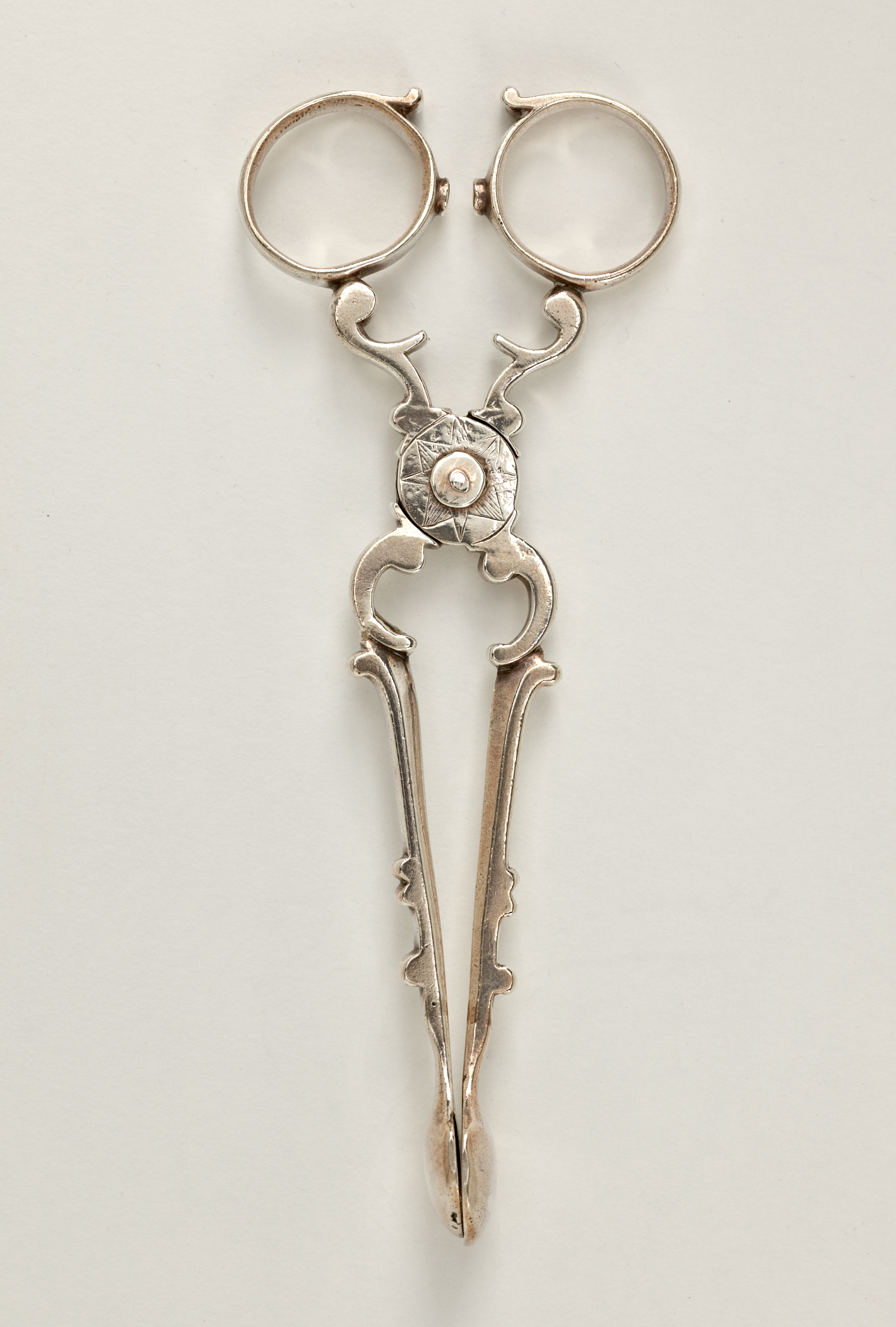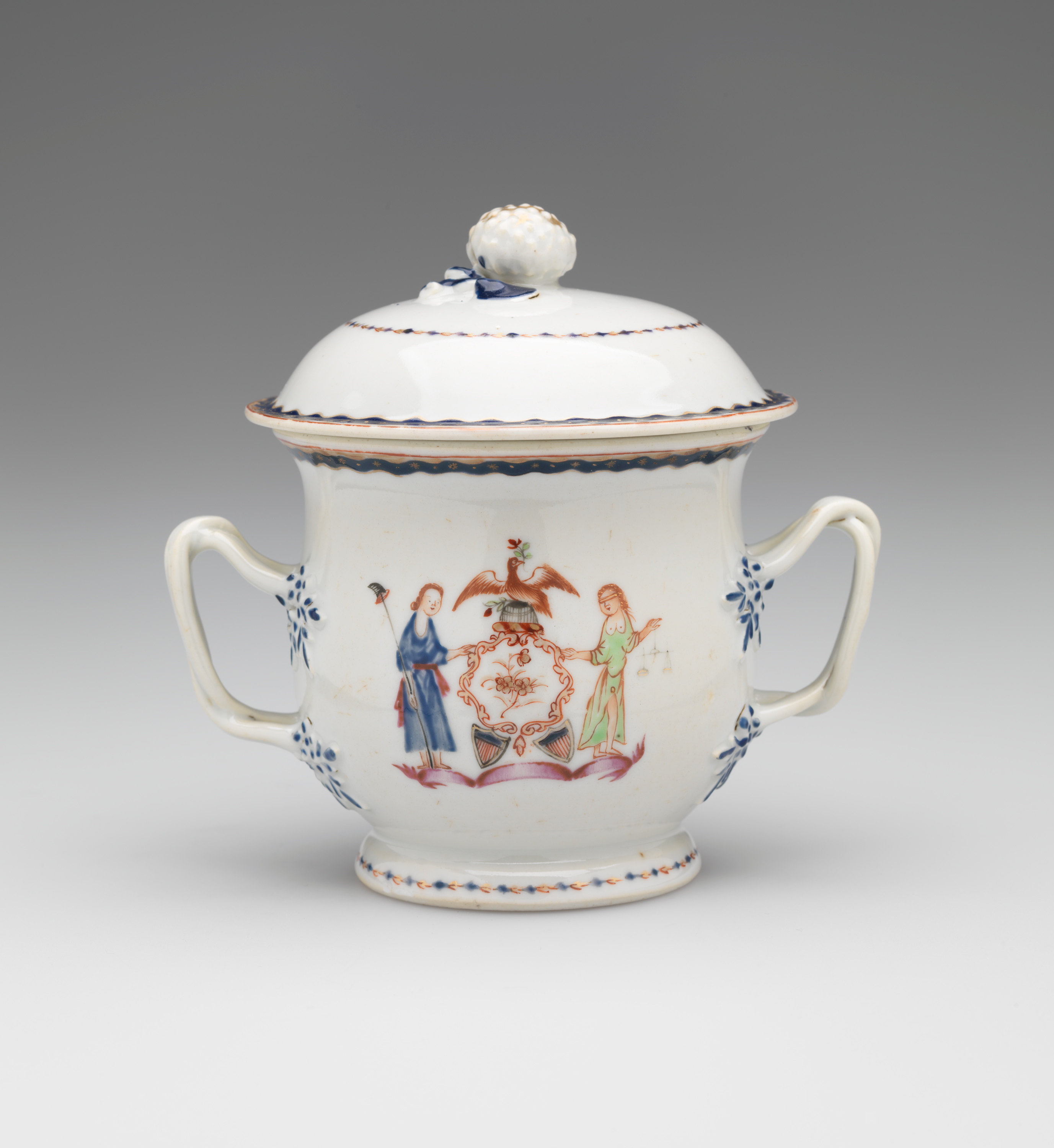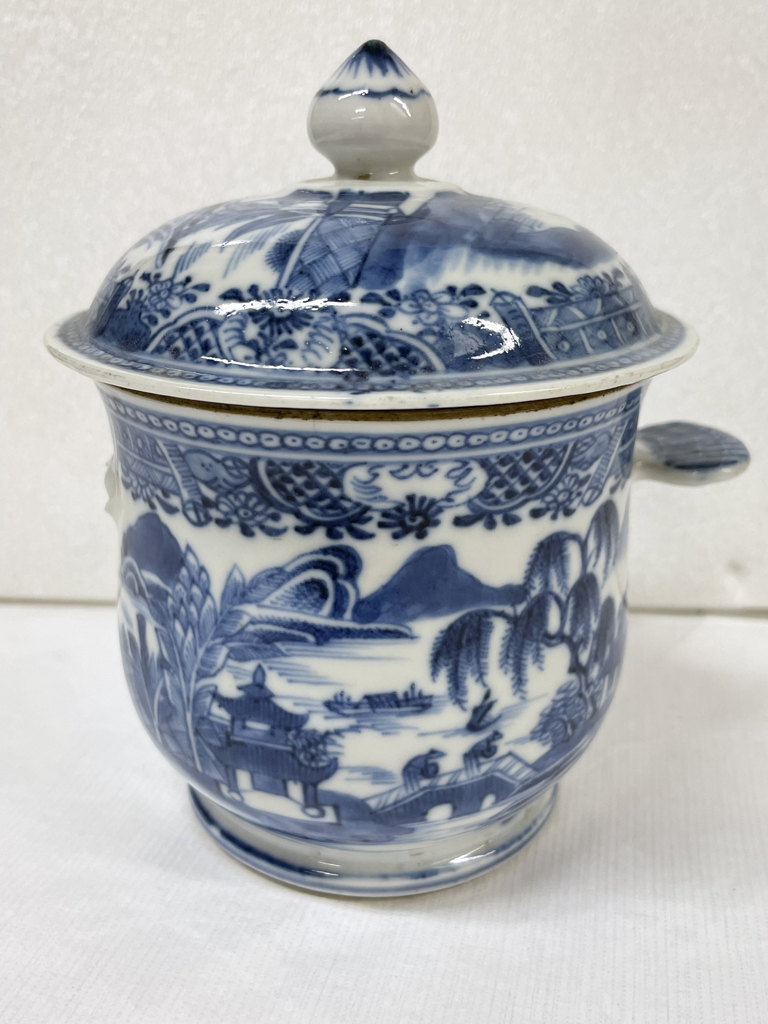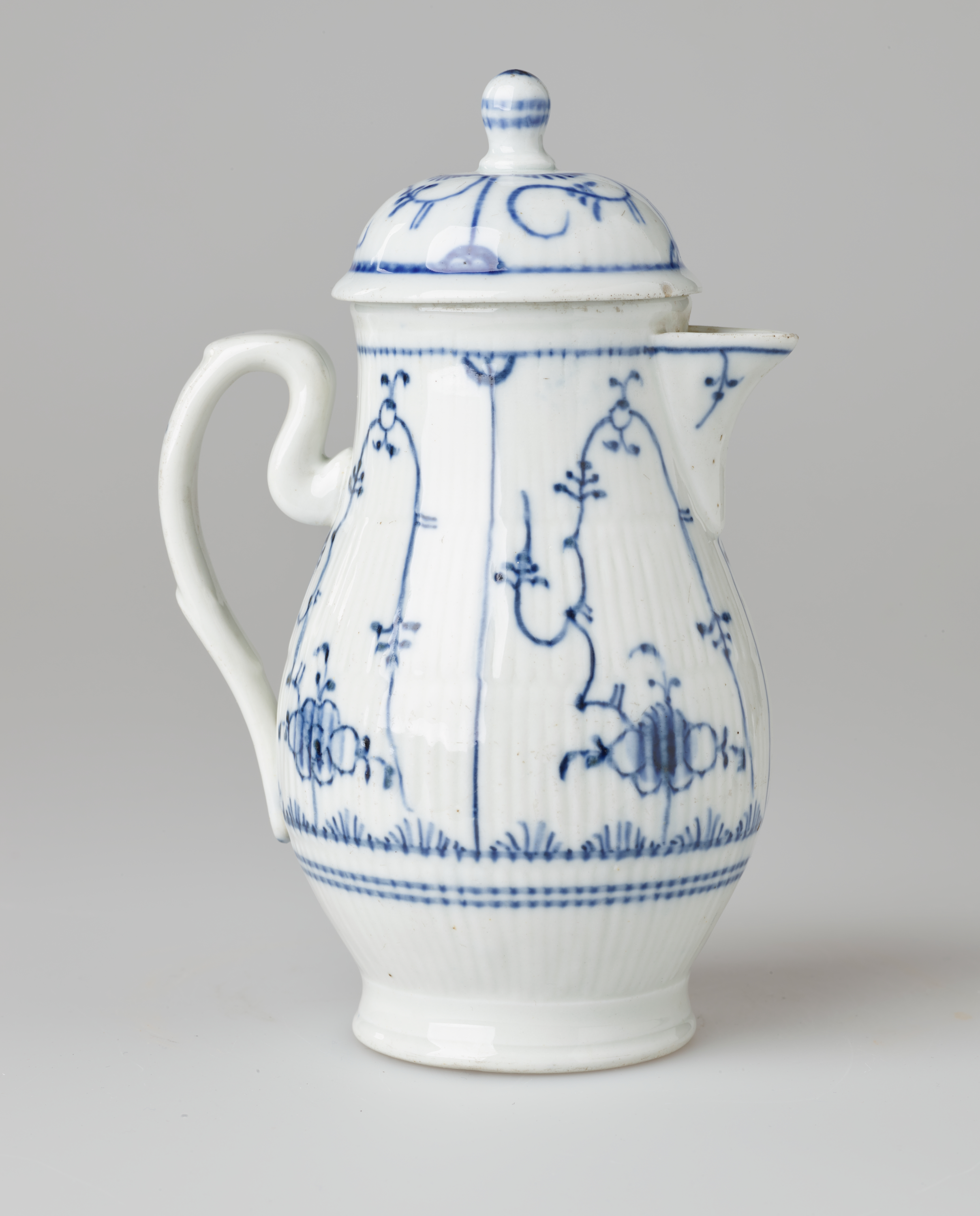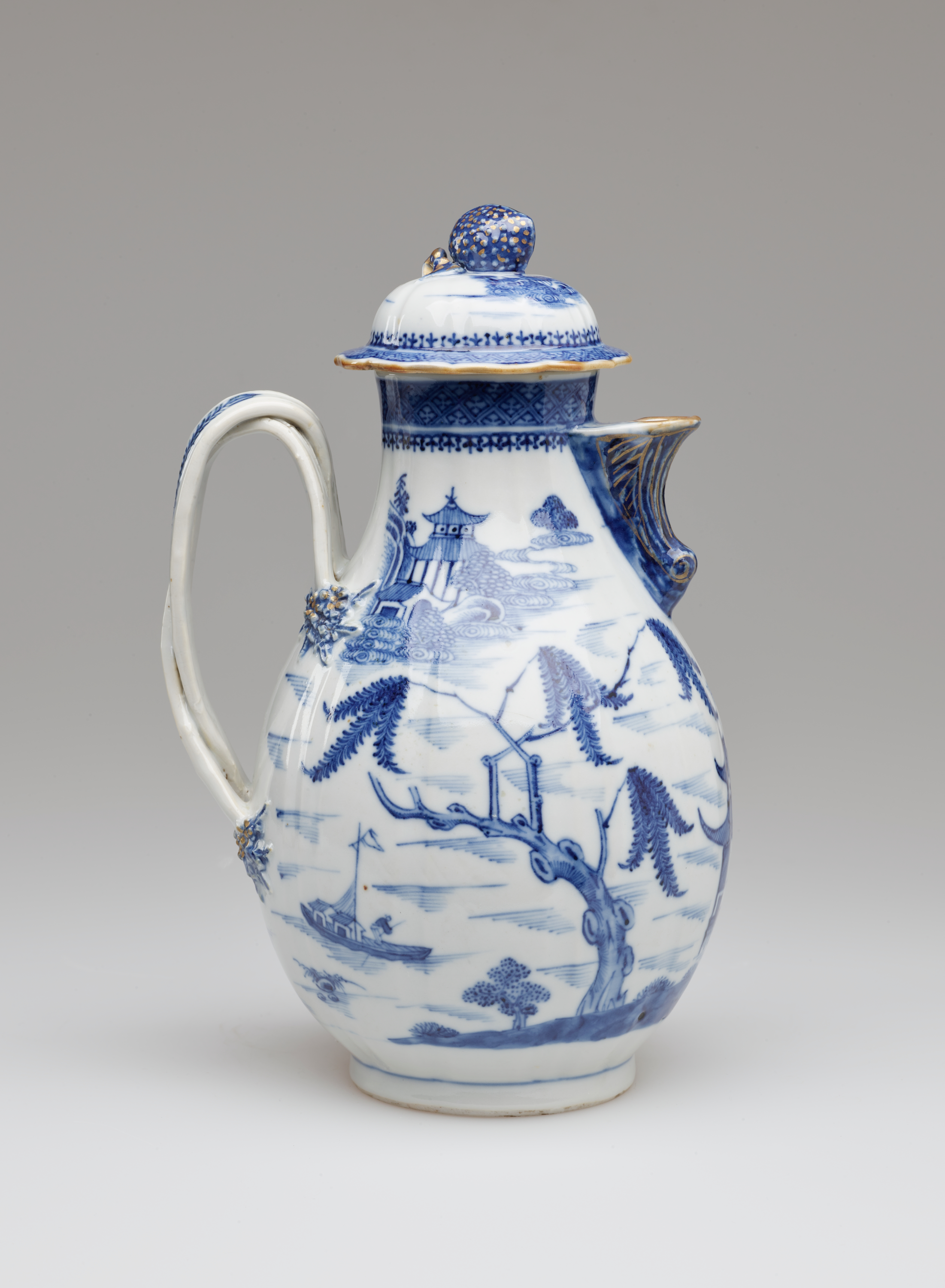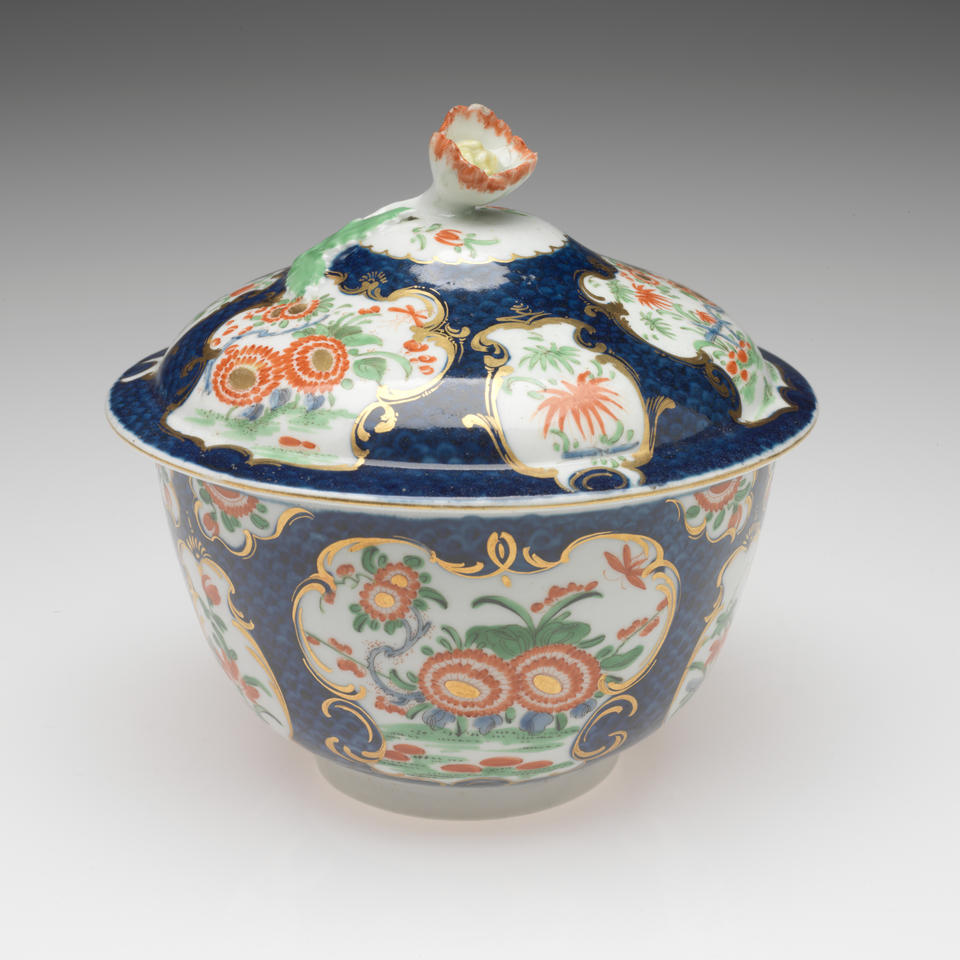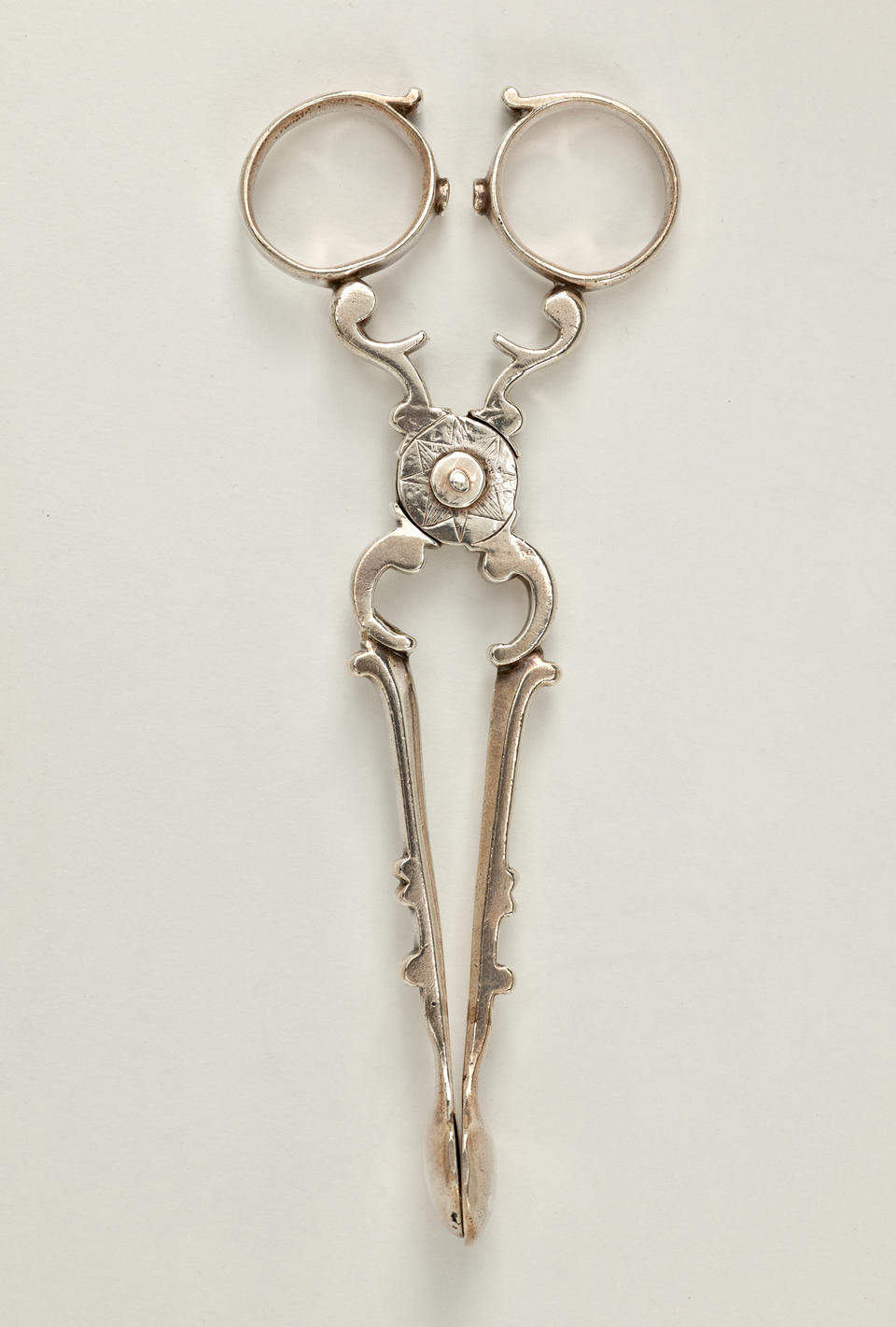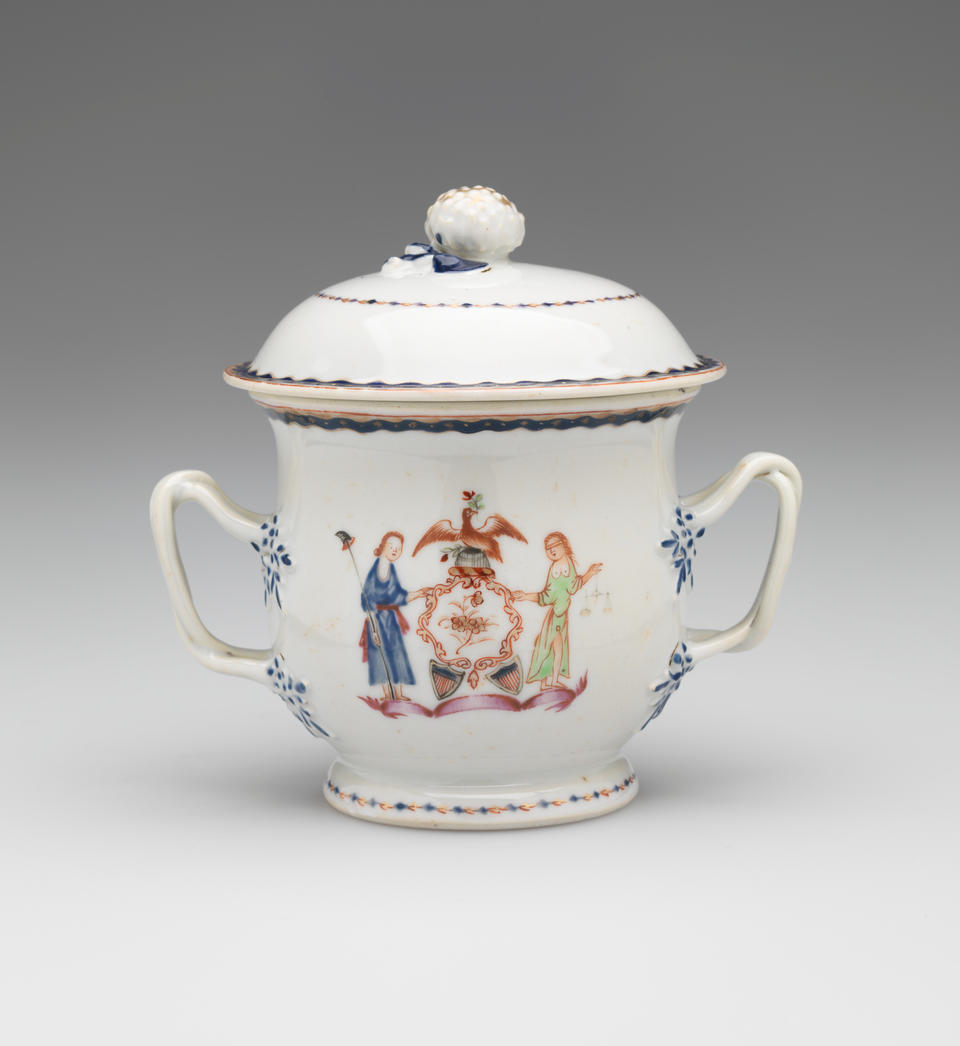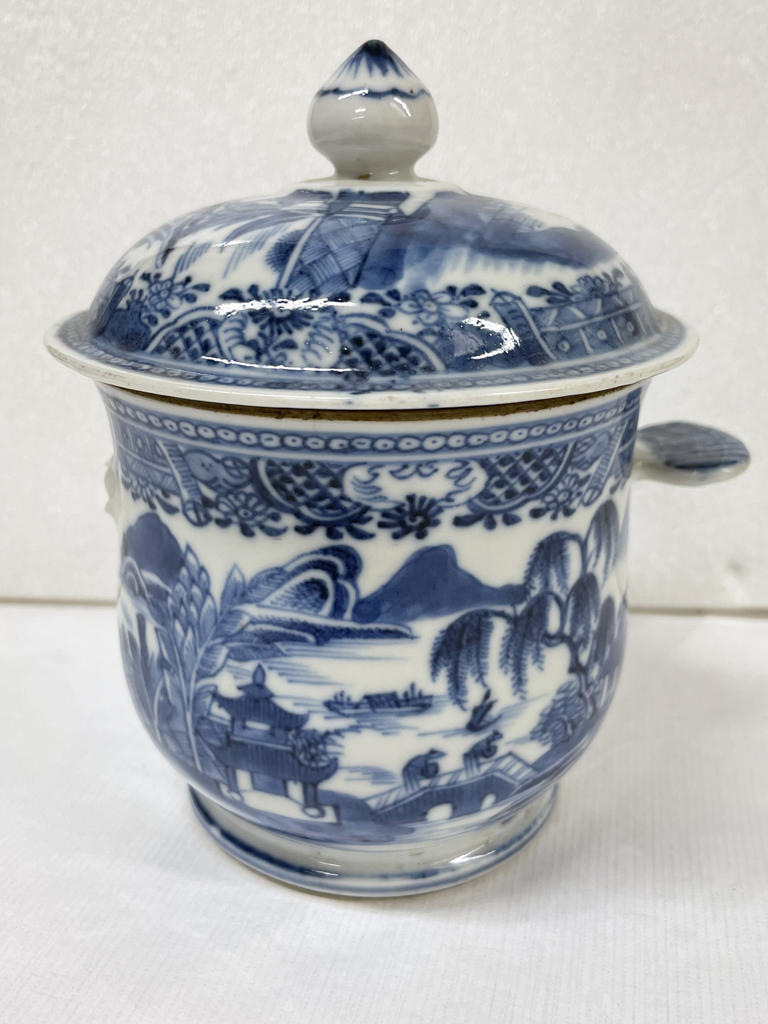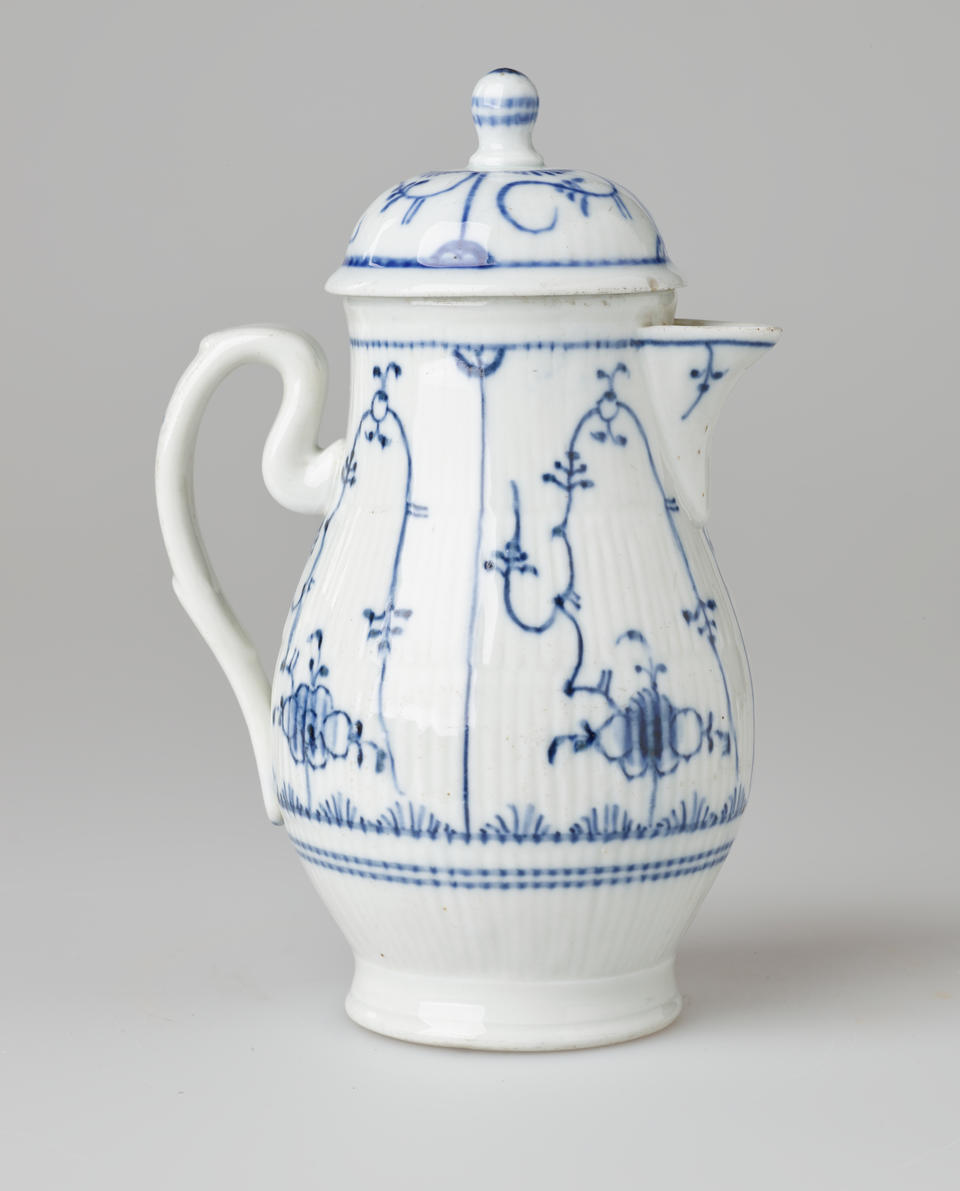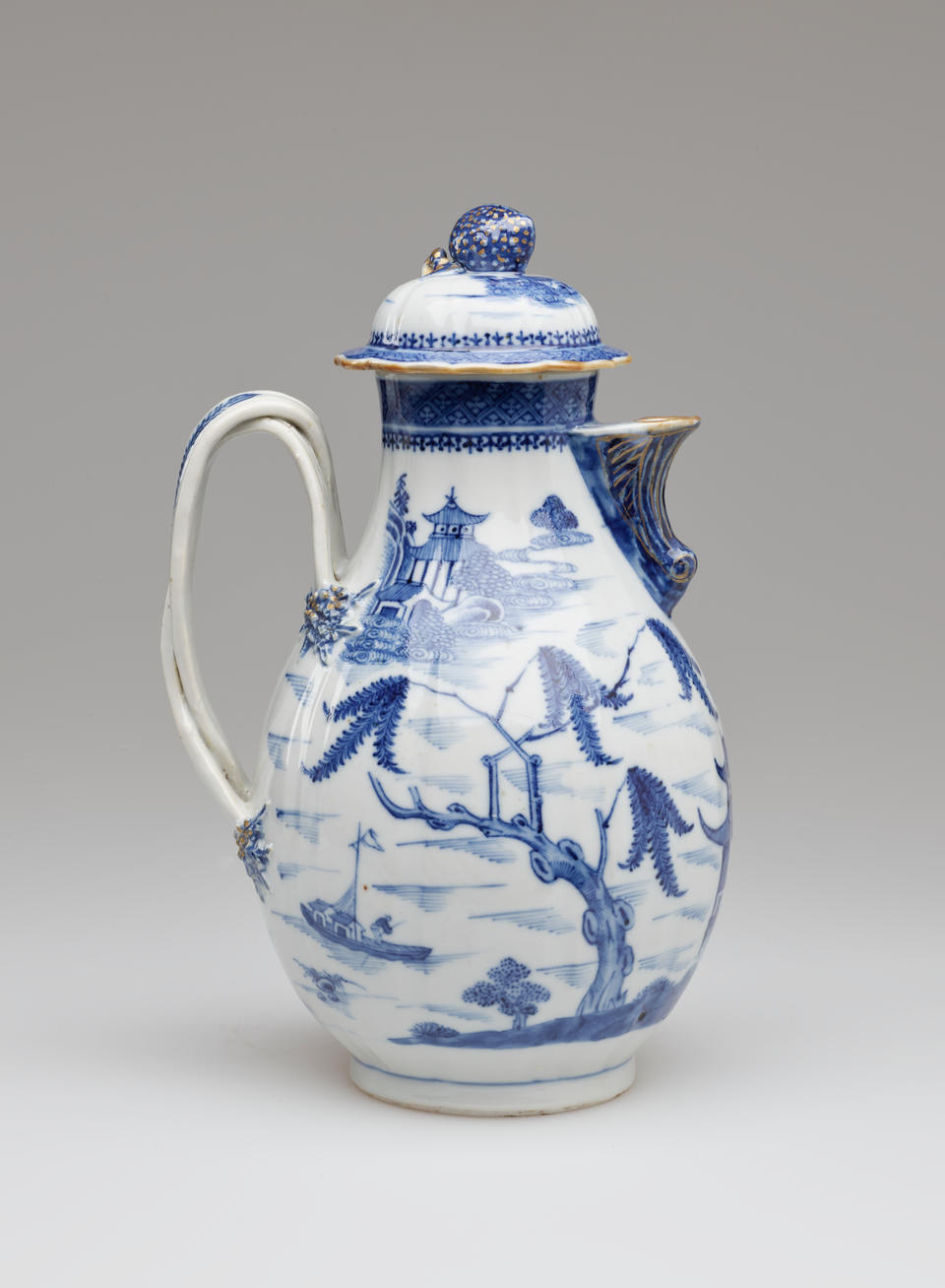shelf 1 (right)
Over centuries, as demand for sugar increased, the locations where sugar cane was grown expanded, as did the number of enslaved humans forced to cultivate this labor-intensive crop. Originating in New Guinea, sugar cane was brought to India and then the Caribbean, where the Dominican Republic led production in the early 1500s. A century later, sugar cane became the base of the economy in Dutch-colonized Brazil, where more than 500,000 Africans had been shipped through the Atlantic slave trade to plant, tend, harvest, and process the crop.
Click an object to learn more
Images

